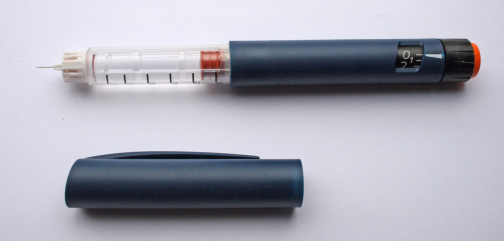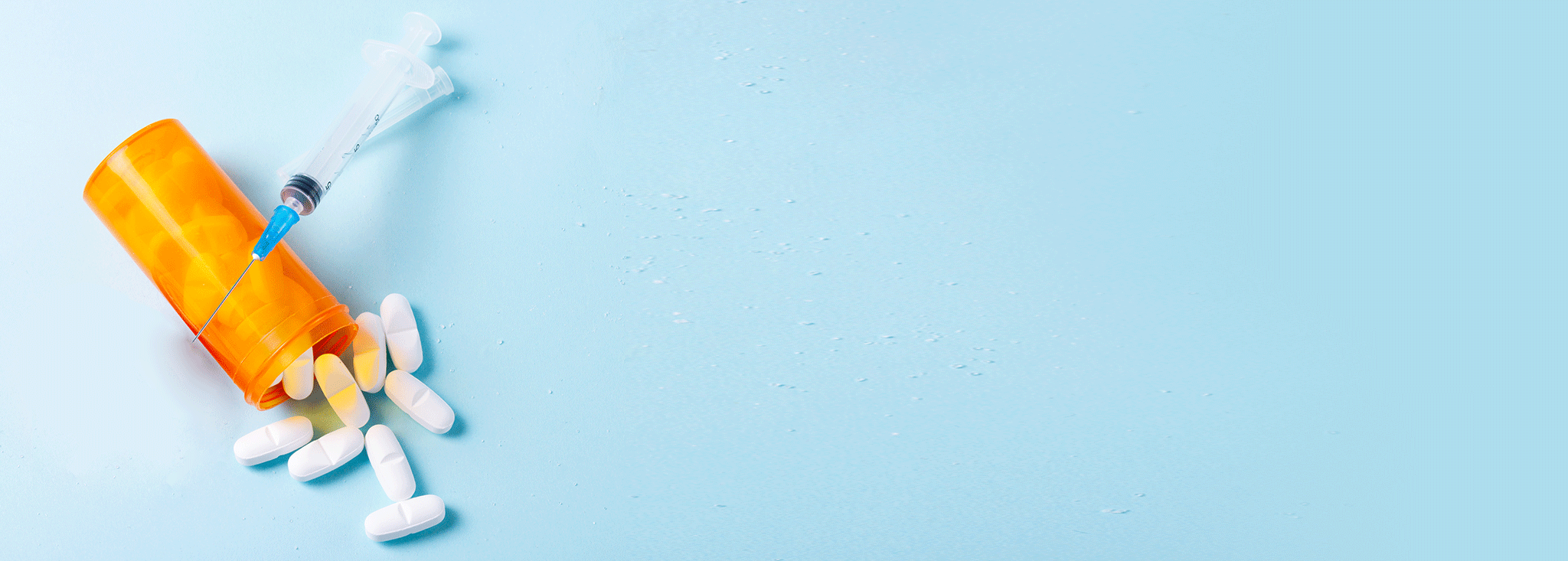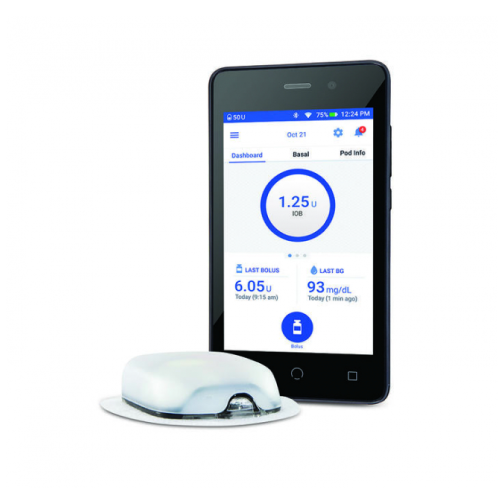Making the Switch: From Oral Medications to Insulin
Many people with type 2 diabetes will never need insulin. For these people, a combination of a healthy lifestyle, non-insulin diabetes medications and their body’s natural insulin production is still sufficient enough to manage safe blood sugar levels.
For others, however, their body may need additional support from taking insulin via injection or pump when their body’s natural insulin production and other medications can’t help them achieve safe blood sugar levels.
As of 2018, nearly 19 percent of adults with diabetes used insulin, nearly 43 percent used oral medications and 15 percent used both insulin and pills. In 2014, it was estimated that 30,000 people with type 2 diabetes were using a pump.
But because diabetes is a progressive disease, many people with type 2 ultimately find that they need to implement insulin injections into their daily routine to keep to meet the standard A1C goal.

A Big Misconception About Switching to Insulin
There has been a cruel myth often perpetuated that those living with type 2 diabetes (T2D) who make the switch to insulin have failed in some way to overcome or maintain their diabetes.
The reality is that as diabetes progresses, for both type 2 and type 1, changes always need to be made to keep treatment current. This is why most T2Ds find themselves utilizing insulin injections, especially years into their condition. Some with T2D taking insulin also may only need injections temporarily—it truly depends on the situation surrounding the individual. So, keep in mind.
Taking insulin ≠ failing at diabetes.
Remember, insulin is a life-saving drug.
Making the switch to insulin involves taking steps to ensure a smooth transition. Starting with a single injection or with three injections of short-acting insulin before meals may prove effective. Some with T2D begin with a single nighttime injection of intermediate-acting insulin so that their blood sugar levels are stable in the morning.
For many, it makes sense to continue oral medications and implement a single injection of long-acting insulin to control levels. There are a number of possible combinations and the appropriate course of action for an individual with T2D needs to be determined with the help of a healthcare professional.
Not into injections? Try an Insulin Pump
If you’re nervous about using an insulin pen or a syringe, we totally get it. Fortunately for you, insulin pumps are a great alternative.
These devices give you steady doses of insulin over two-to-three days. With injections, people with diabetes can either inject once per day or more if they take meal-time insulin.
Insulin pumps are beneficial if you’re carb counting, too. It can be exhausting doing the math to see how much insulin you need to cover meal-time carbs. Fortunately, insulin pumps can determine that for you.
If you’re worried about having a pump attached to your hip every day, there is a tubeless pump, Omnipod from Insulet, which offers even more discretion, and is the only tubeless option available in the U.S.
Disposable insulin “patch” pumps are also tubeless, offering a very simple method of delivering insulin without injections.
Thinking About Switching to Insulin? Ask your doctor these questions.
If someone with type 2 diabetes is already able to control their blood glucose levels well with the help of oral medications alone, there is probably no need to make the switch to insulin. Talking with a doctor is the best way to figure out if a transition to insulin is right for you. At your next appointment, ask your doctor these questions:
- Which type of insulin would be most effective in helping me manage my blood glucose? You can read more about the different types of insulin to prepare to discuss this question here.
- How many times would I need to take insulin per day?
- How much insulin would I need to give myself per injection? How do I adjust my doses to correct for high blood sugar?
- How much does insulin cost per month? How can save money?
- What insulin pumps are on the market? How easy or difficult are they easy to use? Are they expensive?
- Would it hurt to give myself an injection? How can I minimize the pain?
- What are the side-effects of insulin usage? What do I do if I take too much?






